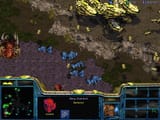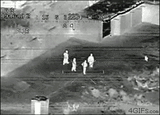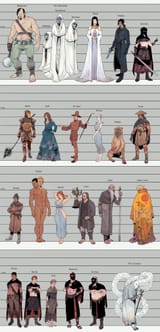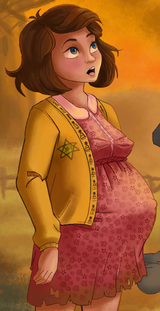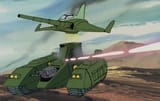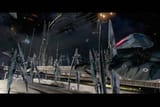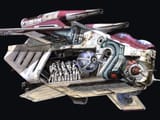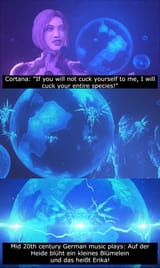>>63964175
Overall, I agree that red dwarfs have surmountable challenges, but I think you make them seem too easy or give them dubious silver linings. Some of you statements are not quite fitting with a lot of what I've read about the challenges of M-type star colonisation.
Dwarf stars have small habitable zones that are punishingly close to the star and narrow, no matter how you classify them. It's why the planets in those zones are tidally locked. The proximity can result in extreme temperature differences on a planet with moderate orbital eccentricity. It's manageable with underground habitats or domed cities.
They also face a lot of solar wind, not just from the proximity to the star, but also because red dwarfs tend to flare a lot more than mature G-type suns, like our own. This flaring is because red dwarfs churn a lot. They don't have an impermeable core, which makes them live longer, but also makes them flatulent little stars. This is still manageable with lagrange point magnetic field generators, or again with domed/underground cities.
Lastly, red dwarfs just emit less usable photons for photosynthesis. Less light in general is going to be hitting planets in the habitable zone, compared to a G-type. Less, green, red, blue, and less of everything else, from IR to UV and so forth. This is relatively easy to mitigate by using power sources (you mentioned a few) to artificially produce enough of the right light for plants. Creative green houses with light magnification and filtering may also be viable.
Again, I don't disagree with your conclusion. It's just that you went into so much detail that it set off my space colonisation autism.

